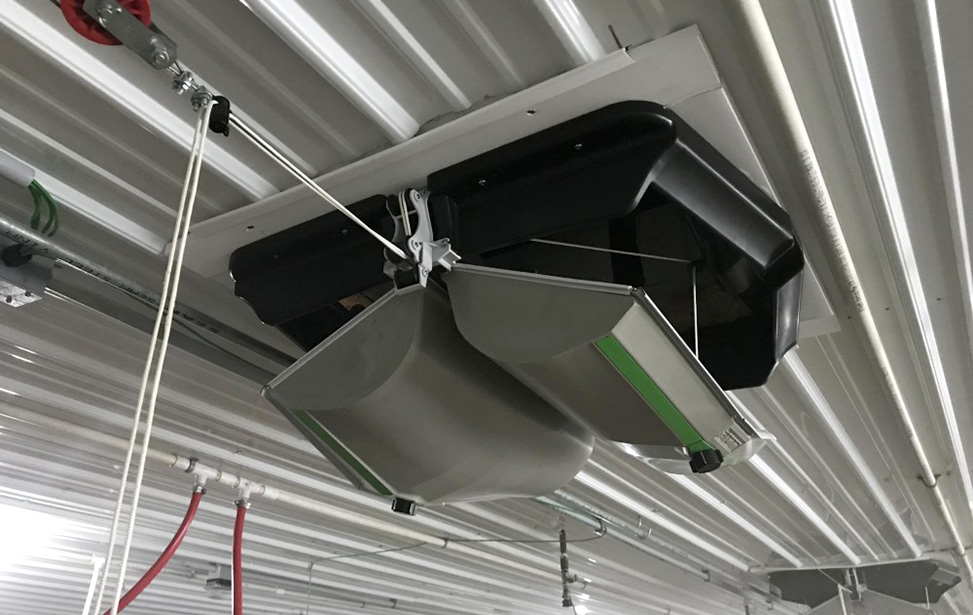When purchasing fruits and vegetables at the supermarket, you’re often greeted with labels indicating the country of origin—sometimes it’s the Netherlands, other times Spain, Morocco, or even Mexico. This raises the question: is it more sustainable to choose Dutch-grown produce, particularly from greenhouses, or are imported fruits and vegetables a greener option?
The answer, unfortunately, isn’t black and white. According to Milieu Centraal, a leading environmental organization in the Netherlands, multiple factors influence the environmental impact of produce. These factors include the energy required for cultivation, transportation, packaging, land use, pesticides, and water consumption. Each of these varies by crop, season, and country of origin.
The Energy Footprint of Greenhouses
At first glance, Dutch greenhouse produce might seem less sustainable due to the high energy requirements of greenhouses. They consume energy for heating and lighting—resources that aren’t necessary for field-grown crops in warmer climates. A greenhouse in the Netherlands can use a significant amount of natural gas to maintain optimal growing conditions, making the energy footprint of such produce substantial.
However, this doesn’t mean that foreign-grown fruits and vegetables are automatically more sustainable. The transportation of imported produce can also have a significant environmental impact, particularly when air freight is involved. For example, perishable and delicate items like soft fruits or avocados, when imported from distant continents, often travel by air, as shipping them by boat would take too long and lead to spoilage. Air transport, in turn, results in extremely high greenhouse gas emissions, which can outweigh the energy used in greenhouse cultivation.
Transportation and Its Environmental Impact
The mode of transportation plays a crucial role in the overall sustainability of imported produce. Airfreight, as mentioned, is the most polluting, followed by road transport, and finally, sea transport, which is generally the least damaging. However, the distance traveled also matters. Even produce transported by boat can have a significant environmental impact if it travels long distances.
For example, tomatoes grown in Spain and transported by truck to the Netherlands might have a smaller carbon footprint than tomatoes grown in a Dutch greenhouse, but the reverse could also be true depending on the energy efficiency of the greenhouse and the distance involved.
Making Sustainable Choices as a Consumer
Given the complexity, how can consumers make the most sustainable choice when buying fruits and vegetables? Milieu Centraal offers several guidelines:
- Choose locally grown vegetables during the outdoor growing season. During this period, produce grown on Dutch fields, rather than in heated greenhouses, is typically the most sustainable option.
- Opt for seasonal produce. Seasonal fruits and vegetables are less likely to have been grown in energy-intensive greenhouses or shipped from far-off countries. The Voedingscentrum (Dutch Nutrition Center) offers a fruit and vegetable calendar to help consumers identify which products are in season.
- Avoid perishable and delicate produce from overseas. These products are often flown in and wrapped in excessive packaging, making them less environmentally friendly.
- Skip fresh soft fruits in the winter. Winter soft fruits are frequently flown in or grown in heated greenhouses, both of which come with a high environmental cost.
- Choose apples and pears. These fruits are available year-round and are among the most sustainable options.
- Look for sustainability certifications. Labels such as “On the Way to PlanetProof” and “EU Organic” can help guide you toward more eco-friendly choices. Milieu Centraal’s certification guide is a useful resource for identifying credible eco-labels.
In the quest for sustainability, there is no simple answer when comparing Dutch greenhouse produce to imported fruits and vegetables. The environmental impact depends on a range of factors, including energy use, transportation methods, and seasonality. As a consumer, the best approach is to prioritize seasonal and local produce, avoid items that require air transport, and look for certified sustainable options. By doing so, you can minimize your carbon footprint while still enjoying a diverse diet.











